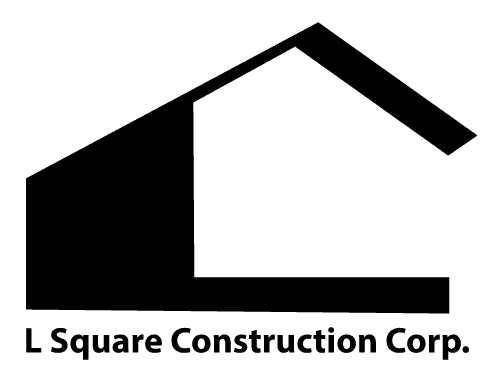Accessory Dwelling Units (ADUs) are becoming increasingly popular across California. But before starting your ADU project, it’s important to understand the key details.
With California’s housing shortage growing rapidly, ADUs provide a flexible and affordable housing option to meet demand.
I know you have many questions about ADUs in California. So without further ado, let’s jump right into answering the five biggest questions you may have about ADUs.
THE FIVE QUESTIONS ABOUT ACCESSORY DWELLING UNITS (ADUs)

QUESTION #1 – WHAT IS AN ACCESSORY DWELLING UNIT (ADU) AND HOW IS IT DIFFERENT FROM A PRIMARY RESIDENCE?
An ADU is a secondary housing unit located on the same lot as a single-family home or multi-family property. It can be attached to the main house, detached, or converted from existing space such as a garage.
Unlike the primary residence, an ADU is designed to be a self-contained living space with its own kitchen, bathroom, and sleeping area. ADUs provide flexible housing options without the need for purchasing additional land.
QUESTION #2 – WHAT DO I NEED TO KNOW BEFORE STARTING AN ADU PROJECT IN CALIFORNIA?
KNOW YOUR PROPERTY’S ZONING AND LOCAL ORDINANCES
Before building an ADU, it is crucial to check your property’s zoning laws and local city or county ordinances. These regulations determine if ADUs are permitted, their allowable size, height restrictions, setbacks, and parking requirements.
Understanding your location’s rules upfront will help you avoid costly mistakes and project delays.
DETERMINE THE TYPE OF ADU YOU WANT TO BUILD
California recognizes several types of ADUs, including detached units, attached units, garage conversions, and junior ADUs (JADUs). Each has different size limits and approval processes.
KNOW YOUR BUDGET AND FINANCING OPTIONS
Building an ADU can vary in cost depending on size, materials, and design. Investigate financing options such as loans, grants, or local incentives that help offset construction expenses.
QUESTION #3 – WHICH PROFESSIONALS DO I NEED TO WORK WITH FOR AN ADU PROJECT?
Architects and Designers
They help create plans that meet building codes, zoning rules, and your aesthetic preferences.
Contractors and Builders
Licensed contractors manage construction, ensuring quality work and compliance with safety standards.
City or County Planning Departments
They review and approve permits, inspections, and final occupancy for your Accessory Dwelling Units in California.
Financing Experts
Mortgage brokers or lenders can advise on the best financial products suited to your ADU investment.
QUESTION #4 – HOW CAN I ENSURE A SMOOTH ADU PERMITTING PROCESS?
Start by thoroughly researching your local jurisdiction’s requirements for ADUs.
Prepare complete and accurate plans with professional help.
Submit all required documents, applications, and fees promptly.
Maintain communication with the permitting office and address any comments or corrections quickly.
Some jurisdictions offer streamlined or ministerial approval processes for ADUs that meet certain criteria, which can speed up permitting.
QUESTION #5 – WHY SHOULD I CONSIDER BUILDING AN ADU IN CALIFORNIA?
ADUs increase housing supply without changing neighborhood character.
They offer homeowners additional rental income opportunities.
ADUs provide flexible housing solutions for aging family members, adult children, or caregivers.
With California’s state laws easing ADU restrictions, now is a great time to explore building one.
Transform Your Space Today! Get Your Custom California ADU Quote Now ➔

